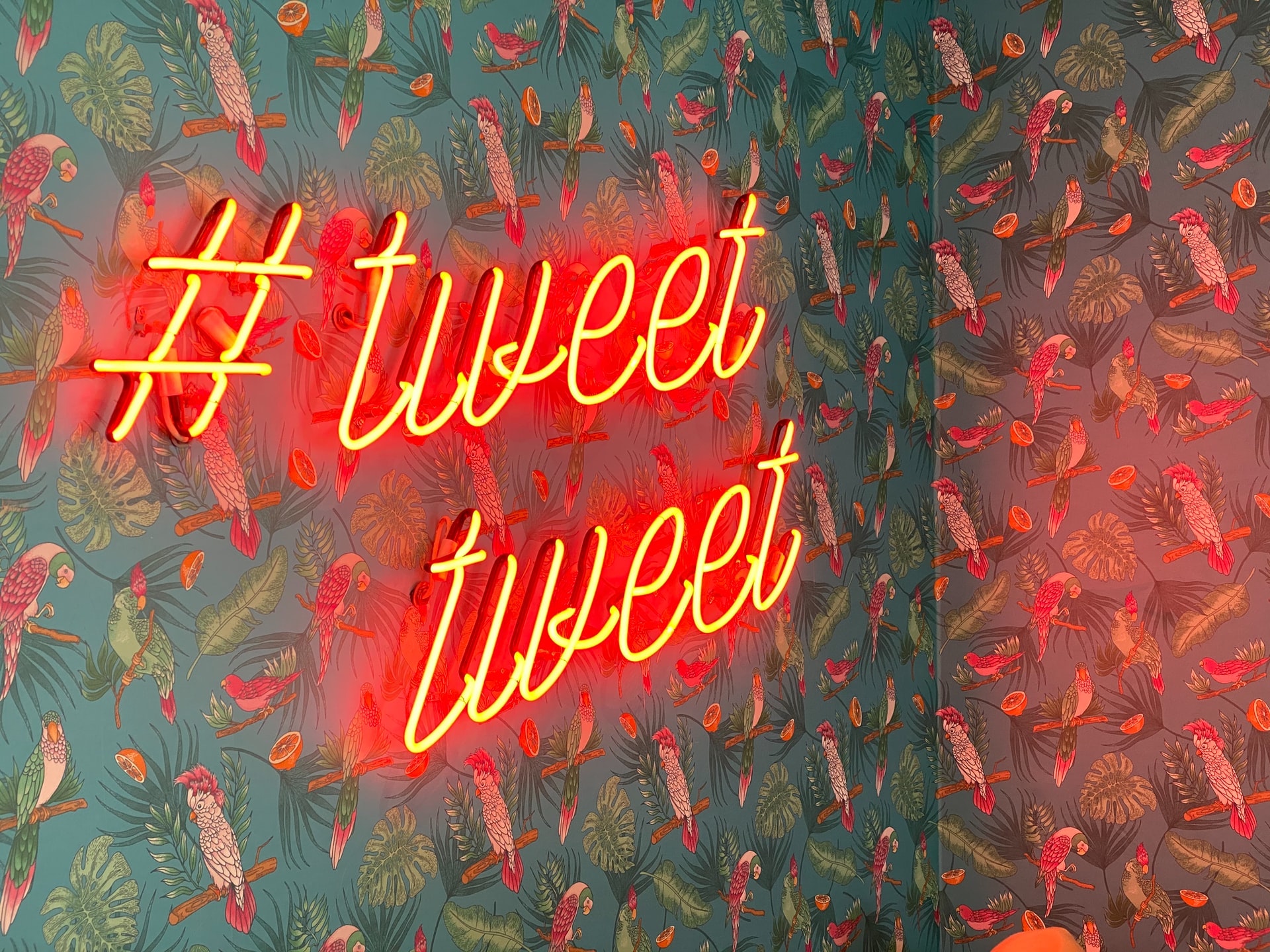

Presuming that Elon Musk’s bid to buy Twitter totally goes through, things look set to get a bit more chaotic for the world’s 15th most popular social network. With Musk declaring himself a “free speech absolutist” (despite plenty of evidence to the contrary), promising to defeat spambots, verify all real humans, and fix Twitter’s problems (at least as he sees them), a lot could change quite quickly.
One big feature he’s trial-ballooned with a poll on Twitter is something that people have been demanding for a long time: an edit button. In fact, just yesterday, Twitter user Jane Manchun Wong posted about what she could unofficially glean about what the future might hold for that very feature, as The Verge and other outlets have reported.
Here’s a look at what a feature like this could mean for Twitter.
The case for an edit button
Musk’s April 4 poll shows that 73.6% of respondents want an edit button. It’s also something that Twitter said it was working on prior to Musk taking an interest.
As Twitter works right now, there is no way to edit a Tweet after it’s posted. You can delete it and repost it, in which case you lose all the existing likes and replies, or you can reply to your original Tweet with an update, which people may not check or see. This Tweet-permanence sets Twitter apart from other social networks, like Facebook, Instagram, and Reddit, all of which make it possible to edit a post once it’s live.
“With an edit button, you have to think what are the possibilities for harassment, for gaslighting, or for deception?”
Gennie Gebhart, EFF
For most people, the big appeal of an edit button is that you can fix any typos or other mistakes you make. With a lot of Tweeting taking place on smartphones, it’s easy to understand how small errors can frequently slip into such short messages, but it certainly happens from desktop-composed Tweets, too.
An edit button could also potentially make Tweets more relevant over time, as they could be updated with new information. For example, a Tweet asking a question could be updated to include the answer, or a pinned Tweet with the articles that someone has recently written could be kept current at the top of their profile.
The case for the edit button is a case for convenience and clarity. People generally want to be able to correct or update their messages, without losing all the engagement and interactions they’ve had.
But, it could get complicated
Gennie Gebhart, the activism director at the Electronic Frontier Foundation, explains via Zoom that, while an edit button wasn’t on their “list of digital civil liberties and human rights focused asks” for Twitter, she feels that adding one is more complicated than most people think. “On the surface it seems like, ‘Oh, I want to get rid of typos.’ But it’s a feature that could be abused like any other feature,” she says. “You have to think through the abuse cases and how they’re specific to the particular platform.”
“These platforms are big enough that no change you could make would be an unmitigated good for every single user,” says Gebhart, “With an edit button, you have to think what are the possibilities for harassment, for gaslighting, or for deception?”
What happens if someone changes a harassing message into an inoffensive one? Or changes what’s said to make it appear that a public figure is agreeing with an offensive political position?
“It’s not a good thing or a bad thing. It’s just a really difficult question of who can use it, in what ways, and when?” says Gebhart, who spoke with PopSci before we had a glimpse of how the feature might work. “How do you do content moderation around changing content?”
These are problems that other platforms like Facebook and Reddit have worked to solve, but in a sense, they’re dealing with a completely different set of problems. Facebook and Reddit posts, both of which show when a post has been edited, are rarely taken to be real-time responses to breaking news, which is very much part of how people use Twitter. A simple edit log like Facebook, or trying to create a community standard of explaining your edits like on Reddit, won’t magically solve these issues. Twitter has its own unique retweeting and embedding culture, where one post can go viral across thousands of accounts. What happens to all the retweets if a Tweet is updated?
For example, imagine that someone posts a statement such as, “Dogs are better than cats,” and you retweet it. Then, the original Tweeter edits their post to state that “Cats are better than dogs.” Does the retweet remain un-edited? Or is the retweet edited, and you’re now espousing a very different position? It remains to be seen, but it has the potential to be very messy—even if a Tweet that’s been edited is marked as such.
To that end, the recent Twitter posts on the topic (embedded below) from Wong—who TechCrunch describes as a “reverse engineer”—illustrates more about what the public may be seeing with an edit button in the near future. As she presents it, a Tweet that contains edited content will also include the label “Edited” at the bottom. What’s more, the original Tweet that has been edited will also say, “There’s a new version of this Tweet.” In other words, the feature “re-creates a new Tweet with the amended content, along with the list of the old Tweets prior of that edit,” she reports. The “Edit Tweet” function may be reachable via the three-dot menu in the upper-right corner of a published Tweet, perhaps for a window of 30 minutes after the missive is first sent.

